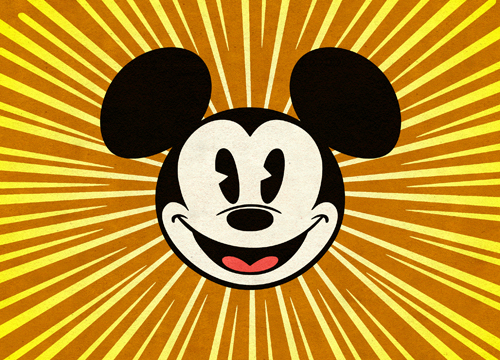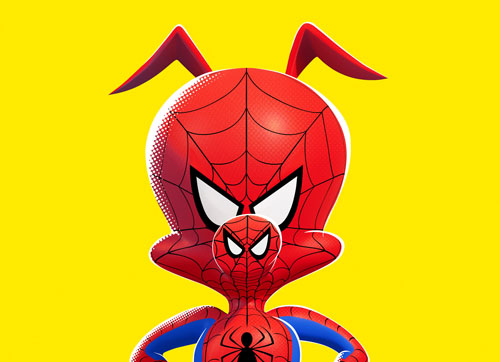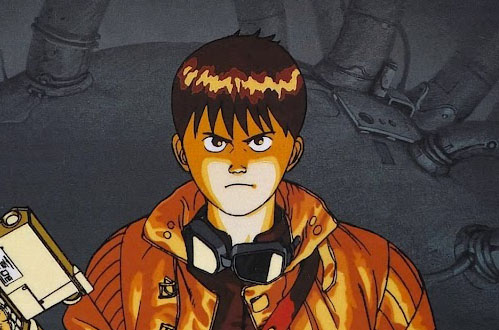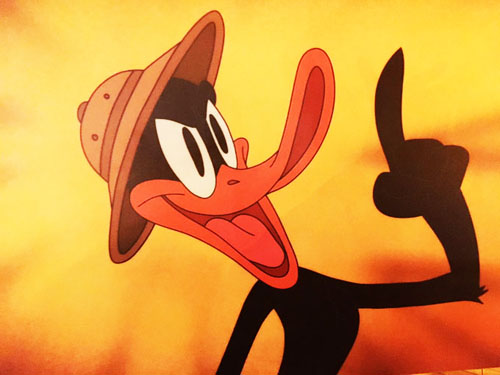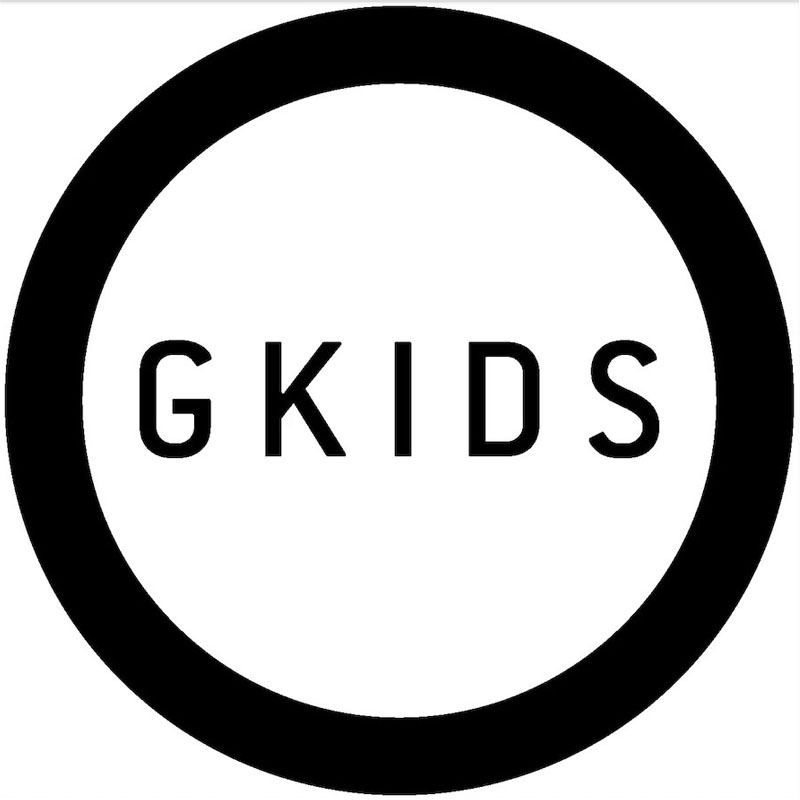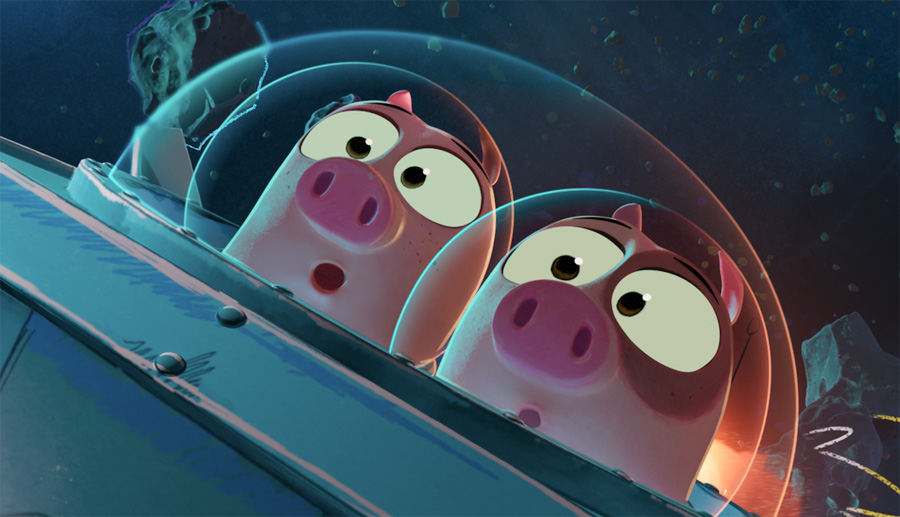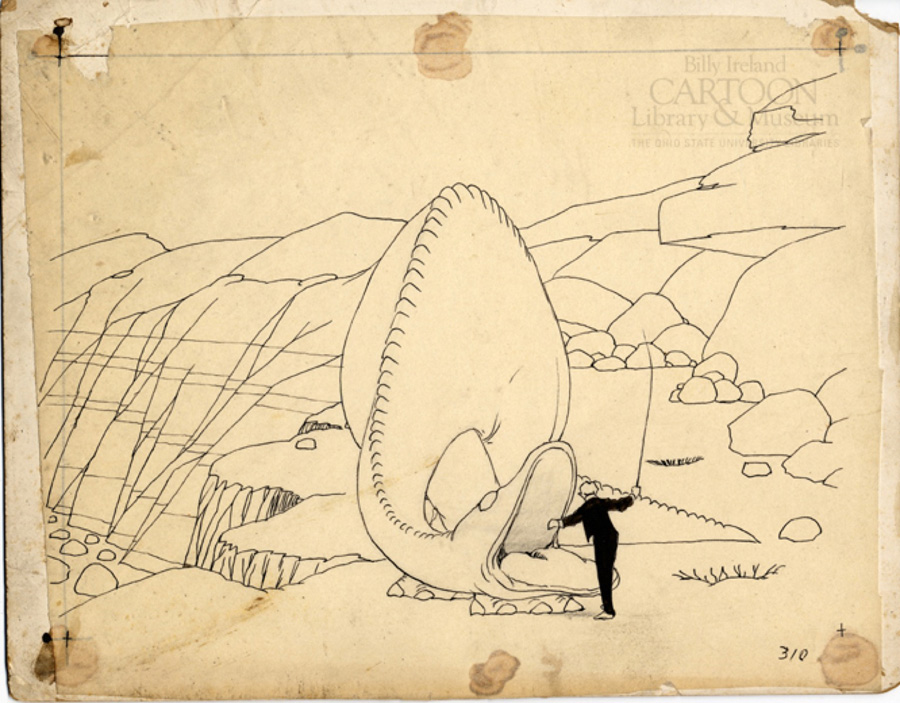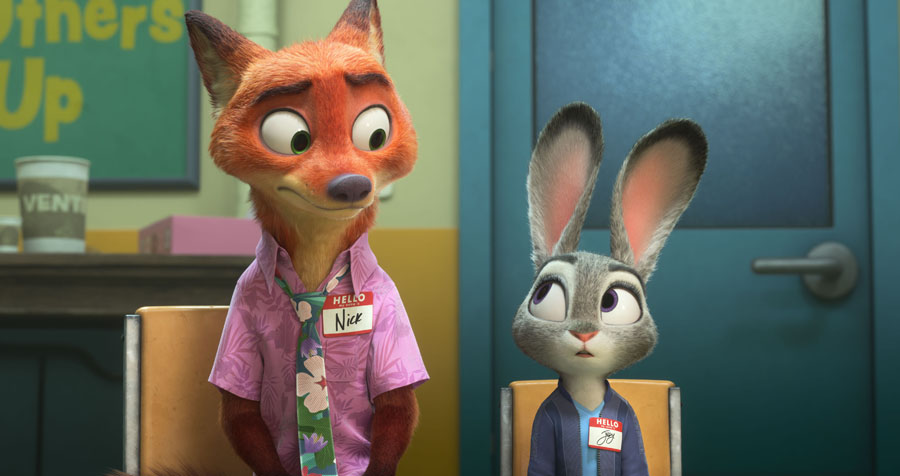Takeshi Obata is a noted manga-ka, or manga artist, whose work includes the popular titles “Hikaru no Go,” “Death Note” and “Bakuman,” all of which have been animated. The first two have also been adapted to live action.
This large-format (10.5” x 15”) anthology showcases his artwork for magazine covers, posters, calendars, etc. The illustrations are beautifully printed on heavy stock with foldouts. It would be nice to see some artists in America receive this kind of deluxe treatment: Peter DeSeve, Paul Felix, Mike Giaimo, Dice Tsutsumi and Ralph Eggelston come to mind.
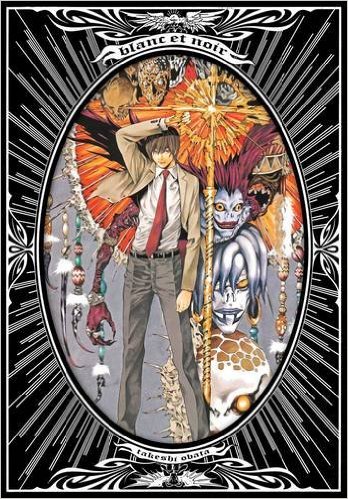
Obata’s most appealing drawings were done for the manga “Hikaru no Go.” Hikaru Shindo, an otherwise normal 6th grader, meets the ghost of Fujiwara no Sai (i.e. Sai of the noble Fujiwara clan), a master of the Japanese strategy game of Go, who lived about 1,000 years ago. Sai committed suicide after being falsely accused of cheating, but his love of Go keeps his spirit bound to the material world. In return for enabling Sai to play his beloved game, Hikaru gains an in-house tutor in history and social studies. But after playing a few games as Sai’s puppet, Hikaru becomes fascinated by Go. He begins to play on his own and move up the ranks of young players.
Obata’s drawings suggest the consummate elegance of Sai and Hikaru’s boyish enthusiasm. In one illustration, the artist captures—in perspective—Hikaru performing the unique gesture Go players employ, holding the stone between his index and middle finger. The drawing is so solid, the viewer senses the satisfying click the stone will make when it strikes the wooden board. These gentle scenes contrast strikingly with the fantastically costumed warriors from “Yoshitsune Legend,” a Playstation 2 game.
But Obata’s most famous work is the dark fantasy “Death Note.” The story of brilliant high school student Light Yagami, who acquires the power of life and death from the notebook of a Shinigami (god of death), “Death Note” reflects a heavy metal/punk aesthetic. The lanky body of Ryuk, the god of death, looks like it was crudely stitched together out of feathers, scraps of black leather and chains. Light’s expressions and body language reflect his golden appearance—and his arrogance–while his rival, master crime-solver L, looks properly intense yet mysterious.
Several pages of the book are devoted to a step by step account of the creation of the special “Death Note” illustration on the cover (it and several other images come printed on glossy paper, suitable for pining up on a teen-age fan’s walls). Obata prefers to work on paper, noting “I am well aware of my own limits when I am coloring an illustration using Coptic markers by hand. In the face of limitations, I try to make use of all the techniques I can and end up creating something new that I never imagined I could do.” He acheives impressive results with his markers, such as capturing the frosty fog of Sai’s breath in a winter scene.
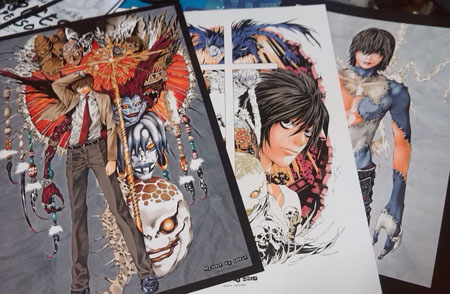
As polished as Obata’s color work is, it would have been interesting to include some of his sketches. The artist complains good-naturedly about not getting many opportunities to draw female characters, and frets that he doesn’t draw skulls well. (The skulls in his illustrations look fine, but his characters’ bare feet sometimes bend in odd ways.) When asked about what it takes to become a manga artist, he replies, “You also need to be in love with drawing. Even if you’re not too fond of the thing you’re drawing, you should like the act of drawing.”
Like the work of his fellow manga artist, Takahiko Inoue (“Vagabond”), Obata’s polished draftsman recalls the comments of the great Disney animator, Marc Davis: “Properly organized, a group of lines on a piece of paper can produce an illusion. You can make the image seem to rise out of the paper, you can make it seem round or flat These principles underlie animation; they affect the shapes that make up the characters.”
Sadly, the ability to organize lines properly—or even effectively–has become increasingly rare since many art schools made the ill-advised decision to stop teaching drawing. Rather than easel painters, the keepers of that tradition today are more likely to be animators, illustators and manga artists, including Obata.
Blanc et Noir: Takeshi Obata Illustrations
Viz: $99.99, limited edition.
